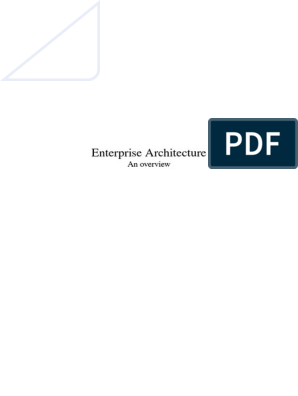100% found this document useful (1 vote)
3K views4 pagesTOGAF Study Guide
This document is a comprehensive guide to TOGAF, an essential framework for Enterprise Architecture (EA) that aligns business and IT strategies. It covers the history, core concepts, and practical implementation of TOGAF, emphasizing its importance in modern enterprises. The guide also discusses governance, security, and the future of enterprise architecture in relation to emerging technologies.
Uploaded by
shaijuvarghCopyright
© © All Rights Reserved
We take content rights seriously. If you suspect this is your content, claim it here.
Available Formats
Download as DOCX, PDF, TXT or read online on Scribd
100% found this document useful (1 vote)
3K views4 pagesTOGAF Study Guide
This document is a comprehensive guide to TOGAF, an essential framework for Enterprise Architecture (EA) that aligns business and IT strategies. It covers the history, core concepts, and practical implementation of TOGAF, emphasizing its importance in modern enterprises. The guide also discusses governance, security, and the future of enterprise architecture in relation to emerging technologies.
Uploaded by
shaijuvarghCopyright
© © All Rights Reserved
We take content rights seriously. If you suspect this is your content, claim it here.
Available Formats
Download as DOCX, PDF, TXT or read online on Scribd
/ 4



























































